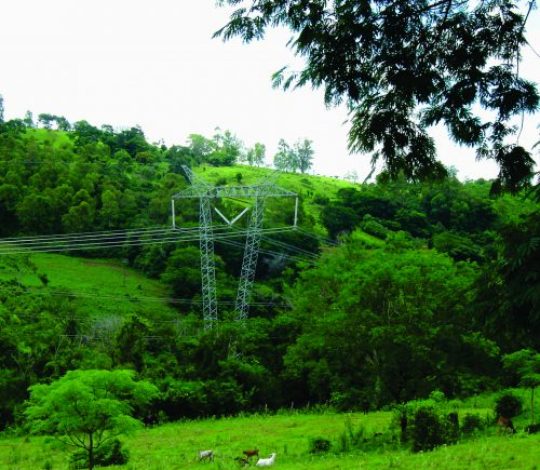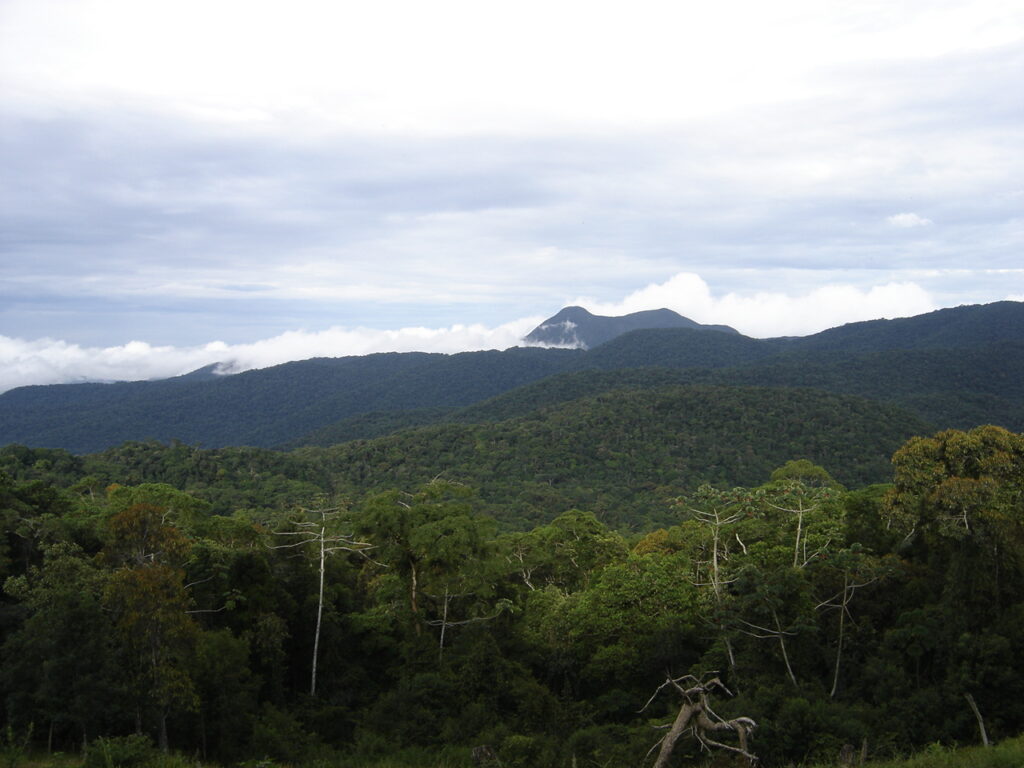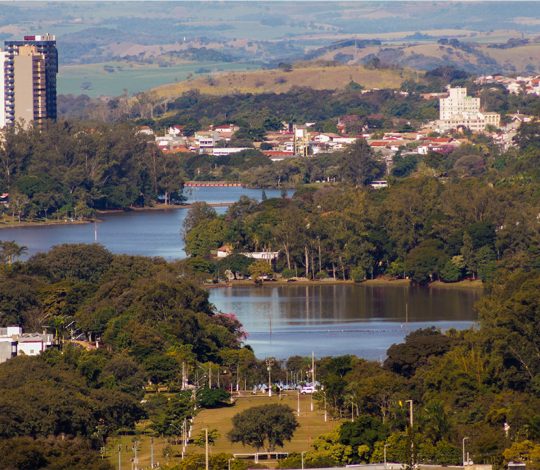Flora
Copel prioritizes generation, transmission and distribution-undertaking installation in anthropized areas, and it uses low-interference construction techniques in vegetation, in order to prevent and mitigate impacts in every planning, deployment and operation stage.
For high voltage transmission and distribution lines, the Company performs tower raising and cable laying by drone, decreasing right of way opening requirement, and opening service way, which, upon activity completion, shall not shave interference anymore, providing vegetation recovery in these locations.
In medium voltage distribution lines, the compact network use is prioritized to decrease tree-cutting requirement. Such actions intend to prevent vegetation cutting in deployment and maintenance stage.
Environment licensing constraints for power distribution line undertakings and substations related to vegetation suppression refer to Mandatory Forest Replacement and Mata Atlântica Offset, whenever applicable. There can be other planting restraints, indicated in cutting licenses and permits, including the ones set forth by Municipalities for tree cutting in urban area.
Vegetation Management
Concerning vegetation relevance in biodiversity maintenance, Copel fosters, in every undertaking planning, deployment and operation stage, vegetation management actions that aim at minimizing native vegetation suppression, rescuing and reallocating native species, collecting and donating seeds, following and controlling rare and endangered species official listings, as well as monitoring preserved, recovered or under recovery areas.
It should be highlighted that vegetation interventions are inevitable, as they aim at keeping minimum safety distances between energized cables and tree branches, decreasing power system accidental interruptions, preserving activity staff from personal injuries, eliminating risks originated from broken leads due to branch action, and protecting the population, not to mention safety and environment aspects related to the activity.

Species of flora included in the IUCN red list and in national conservation lists that occur in our areas and are the indirect target of conservation actions:
Flora
Note: It is worth noting that the same species can appear in more than one threat category, according to the consulted threat list.
Riparian Forests
Copel has more than 14 thousand hectares of Permanent Preservation Areas – PPAs around its reservoirs, which have been managed since 2005 by the Ciliar Forests Subprogram.
In the implementation of hydroelectric power plants, with the filling of reservoirs, previously anthropized and altered areas become APPs, requiring actions to protect and restore the native vegetation cover. The objective of the restoration and protection of the APPs is to comply with the environmental legislation in effect and with the requirements of the environmental licensing of Copel GeT’s undertakings.
Activities are carried out to diagnose the areas, analyze the most suitable restoration techniques for the specific conditions, aiming to subsidize the planning of implantation, maintenance, and monitoring activities. Among the implementation activities are the fencing of areas, planting of tree seedlings of native species, green manure, enrichment, direct seeding (muvuca), nucleation, and conduction of natural regeneration, among others.
In addition to the environmental benefits, the coverage of the APPs with native vegetation also provides functional benefits to the hydroelectric power plant reservoirs, such as the reduction of sediment carriage, avoiding silting and reducing margin erosion, and may also increase the water flow and increase their useful life.
The program aims to protect and restore the degraded APPs by adopting the most appropriate techniques for each situation, in order to accelerate the reestablishment of the ecological functions, expanding the connectivity between forest fragments and the genetic flow of fauna and flora, and also contributing to the maintenance and improvement of ecosystem services and climate regulation.


Urban Forests
Urban Forest Program provides quality seedlings for free and guidance to afforestation management within the city urban area. Deployed in 2009 and reformulated in 2015 by Copel environment and social responsibility area, it has already benefited around one hundred cities, by planting more than 60 thousand trees.
The goal is fostering a fine urban afforestation management, by planting adequate species in each city location. Thus, small-size species planting, where electric power passes, is essential to enable there are no blackouts and decrease cutting requirements.
The on-line seedling request shall be performed by the cities, and the removal is performed in the botanical garden of Governador Ney Aminthas de Barros Braga Power Station (Segredo), in Reserva do Iguaçu/PR.





